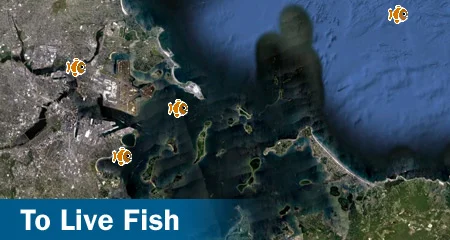About the Green Harbors Project
The Green Harbors For Coastal Systems Stewardship and Resilience
Learn More:
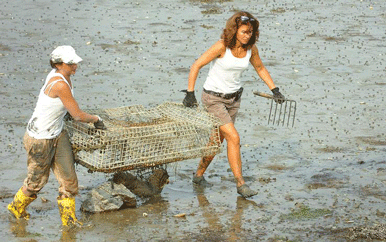
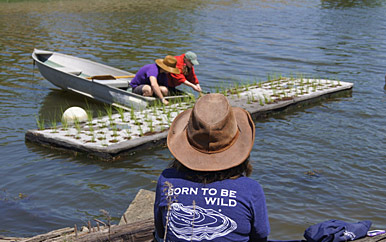
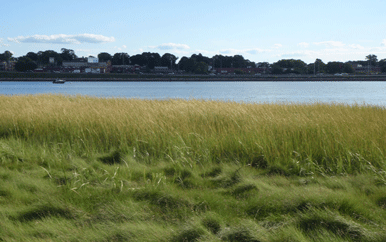
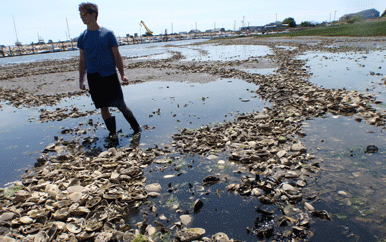
Mission: To enhance the coastal ecosystem stewardship through biomimicry research, education and outreach projects.
Goal: To establish a “green urban harbor”, a harbor that lives within its ecological and human limits.
Where: Here, in our local communities that we call home.
When: Every day!
Why: To promote ecosystem health, resiliency and sustainability.
What does an urban harbor need to be whole, healthy, and resilient? The GHP’s premise is that “the environment sets the limits for sustainable development and coastal stewardship. We can adapt with nature and flourish environmentally, economically and culturally.” We invite you to join us on this site, outreach programs and in the global community of promoting green harbors.
One question to ask is: ‘what can nature do in an urban harbor?’ As a race, humans have had a substantial impact on coastal ecosystems, leading to the evolution of ecosystem limitations. For example, indigenous communities generally adapt their lifestyles based on local resources – such as fish, shellfish and available crops. So in order to answer the question, there first has to be an underlying understanding of the resilience and history of an urban harbor.
As it may be expected, industrialized harbors are not as healthy as natural harbors. Depleted health can be viewed through over-fishing, loss of shellfishing and habitat destruction – such as in oyster reefs, salt marsh beds and eel grass beds (which are three keystone coastal habitats). These depleted habitats and resources, coupled with anthropogenic (human) inputs have led to a need and development of technologies. Although the technology surrounding wastewater treatment has improved, coastal waters are still in poor conditions and many urban harbors have been given a ‘dead fish sign' showing areas of recurring anoxia/hypoxia. These are areas where high nutrient and storm runoffs have led to a lack of dissolved oxygen that in turn endangers fish and other marine life, creating dead zones.
However, we hold hope for change that research in biomimicry –learning from and mimicking the biological wisdom of species and ecosystems – can be combined with traditional practices to restore and sustain whole systems (i.e. watersheds and coasts) and with them the human populations they support.
There are no clear-cut recipes for a green harbor. All harbors and their surrounding coasts and peoples are unique, with their own mangroves or salt marshes embracing the coastline, their own resident and migrating birds, their own festivals celebrating quahogs or oysters, their specific geological histories coloring their sands, etc. But the GHP approaches and methods, with the Biomimicry LivingLabs described in these pages, can be adapted to any set of local conditions. GHP and bLivingLabs supports both the needs of the people and ecosystem so that they can be better integrated with one another. This would then lead to long-term sustainability within the carrying capacity of coastal systems. After all, the goal of sustainable growth and development is to not only support the needs of the present, but also the needs of future generations. And as a result, we can replace the dead fish signs with live ones!


